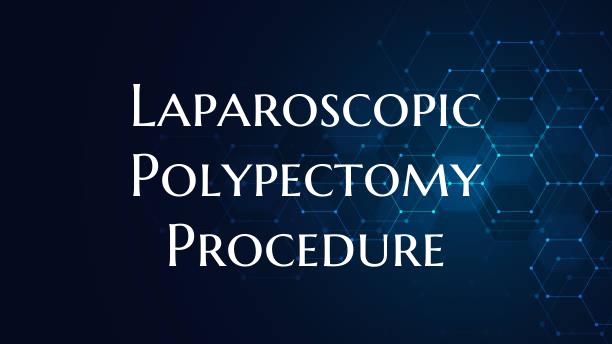
Laparoscopic Polypectomy Procedure
Laparoscopic polypectomy is a minimally invasive surgical procedure used to remove a polyp from the lining of the colon or the inner walls of other organs such as the uterus or bladder. This procedure is often performed by a skilled surgeon using specialized tools and a laparoscope, which is a thin, flexible tube with a camera and light attached to it.
During a laparoscopic polypectomy, the surgeon makes small incisions in the abdominal wall through which the laparoscope and other surgical instruments are inserted. The camera on the laparoscope allows the surgeon to see the polyp and surrounding tissue on a monitor, enabling precise removal of the polyp.
Once the polyp is located, the surgeon carefully cuts it away from the surrounding tissue using advanced tools such as graspers, scissors, or an electrocautery device. The removed polyp is then retrieved through one of the small incisions, and the incisions are closed with sutures or surgical tape.
Laparoscopic polypectomy is preferred over traditional open surgery for its many benefits, including reduced pain, faster recovery time, and minimized risk of complications. Patients who undergo this procedure typically experience less scarring and are able to return to their normal activities sooner.
It is important for individuals to follow their surgeon's post-operative instructions carefully to ensure a smooth recovery and optimal results. Laparoscopic polypectomy is considered a safe and effective way to remove polyps and treat underlying conditions, offering patients a minimally invasive solution for their medical needs.